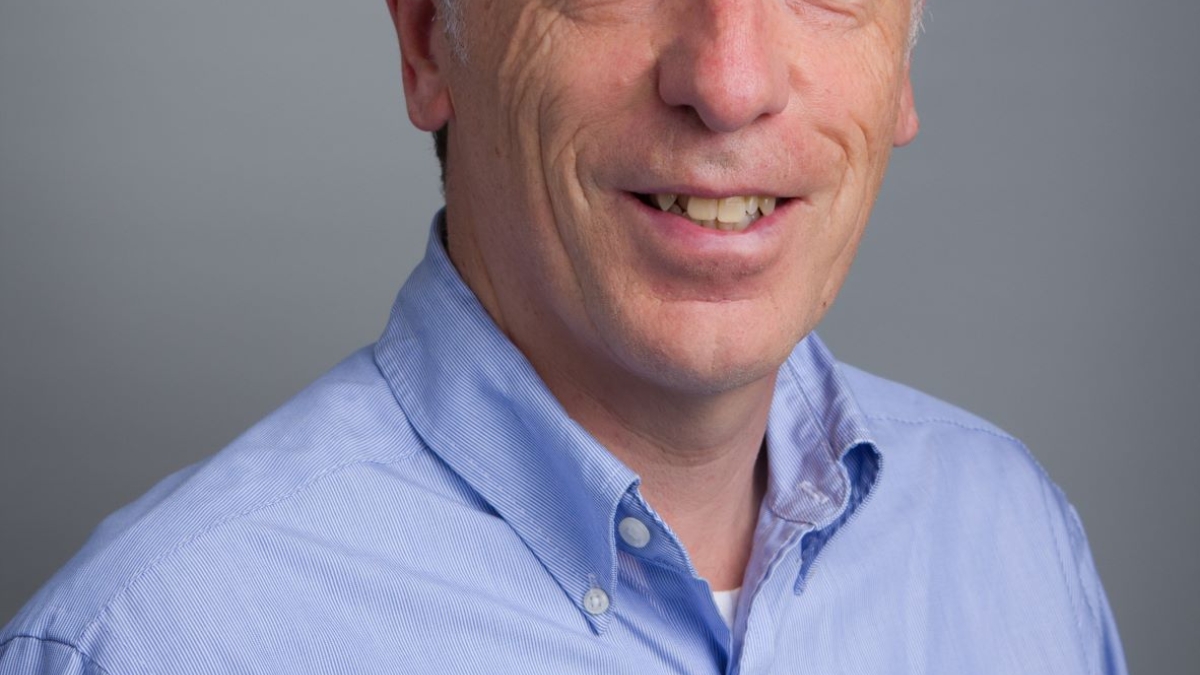Since childhood, Peter Rogerson has always had a unique fascination with patterns and numbers.
Before his teens, he had memorized pi to its 100th digit, he could recall serial numbers on dollar bills, and for fun, Rogerson dissected the mathematical underpinnings of the famous Königsberg bridge problem — a puzzle that led to the development of the branches of mathematics known as topology and graph theory.
Today, Rogerson, a professor of geography in ASU’s School of Geographical Sciences and Urban Planning, continues to apply his interests to research that works to tease out new patterns and meaning from geographical data.
“I had always liked mathematics as a kid growing up, and so in my undergrad, I had double majored in both math and geography,” Rogerson said. “In geography, I saw a way that I could combine my interest in math and apply it in different areas, like demographic research and population research.”
Spring marks Rogerson’s first semester at ASU from the State University of New York at Buffalo, where he’s served as a Distinguished Professor of Geography since 2012, and a faculty member for 35 years.
Rogerson specializes in developing new statistical methods and equations that can quantify and characterize patterns in a given space.
“In geography, we measure spatial patterns and how similar things in space are to one another, but how do we characterize patterns?” said Rogerson, who also had an adjunct appointment in the Department of Biostatistics at State University of New York at Buffalo. “Our eye tends to organize information into groups, when you think about a map of crime or a map of disease, the eye is going to want to find things that aren't really there.”
His research, which uses statistics and numerical measures to make sense of perceived random patterns, has been applied to better understand demographics, population trends and epidemiology, among other things. It is also particularly useful for identifying emerging patterns as quickly as possible.
“If there is some kind of disease here today and you map it, and you map it tomorrow, and the next day, and you notice they're all related, (using new methods) you can check as quickly as possible what's going on and where that illness is occurring,” Rogerson said. “What I'm doing is trying to improve the methods, and I'm using some classic datasets that people use to look at these kinds of questions.”
As a new faculty member, Rogerson says he looks forward to new research collaborations with colleagues, sharing his own passion for data science and geography with students, and exploring his new home state of Arizona.
“I just started teaching officially this semester, and I’m thrilled to be joining a top-notch place,” said Rogerson, who is teaching spatial statistics. “It's very exciting to come here and have the opportunity to breathe a little fresh air into everything, including the place I work, and it's really given me a nice little boost to get a new change of scenery and get going.
“I'm looking forward to more research, writing and getting together post-COVID with people. Obviously, the weather has been great here this time of year, so getting outdoors during this time of year is also a real bonus for me.”
More Science and technology

ASU-led space telescope is ready to fly
The Star Planet Activity Research CubeSat, or SPARCS, a small space telescope that will monitor the flares and sunspot activity…

ASU at the heart of the state's revitalized microelectronics industry
A stronger local economy, more reliable technology, and a future where our computers and devices do the impossible: that’s the…

Breakthrough copper alloy achieves unprecedented high-temperature performance
A team of researchers from Arizona State University, the U.S. Army Research Laboratory, Lehigh University and Louisiana State…


